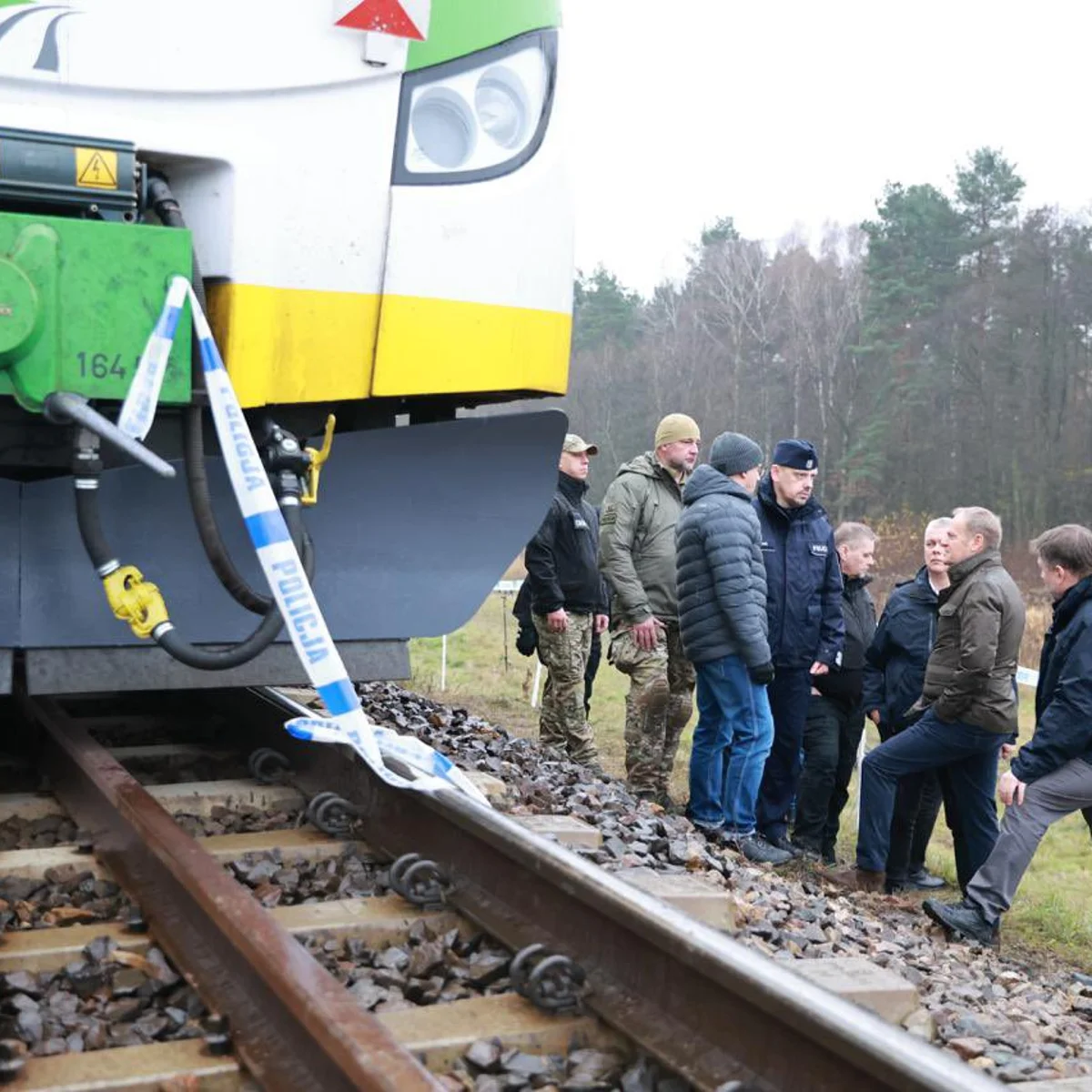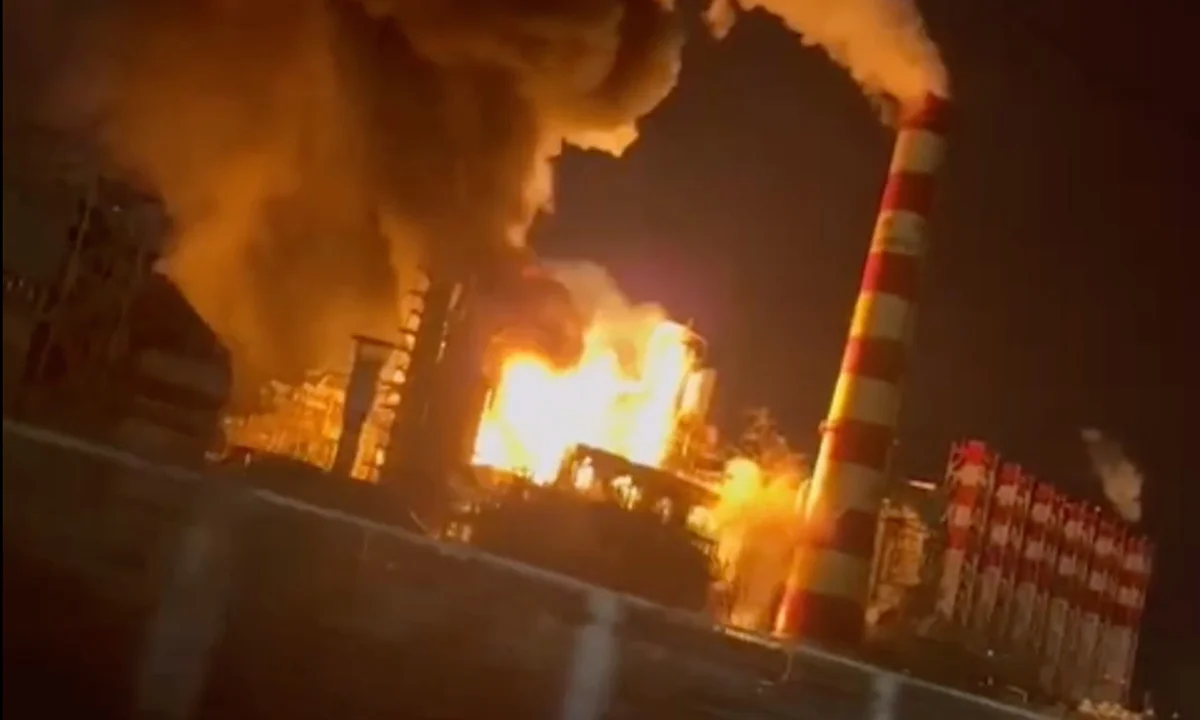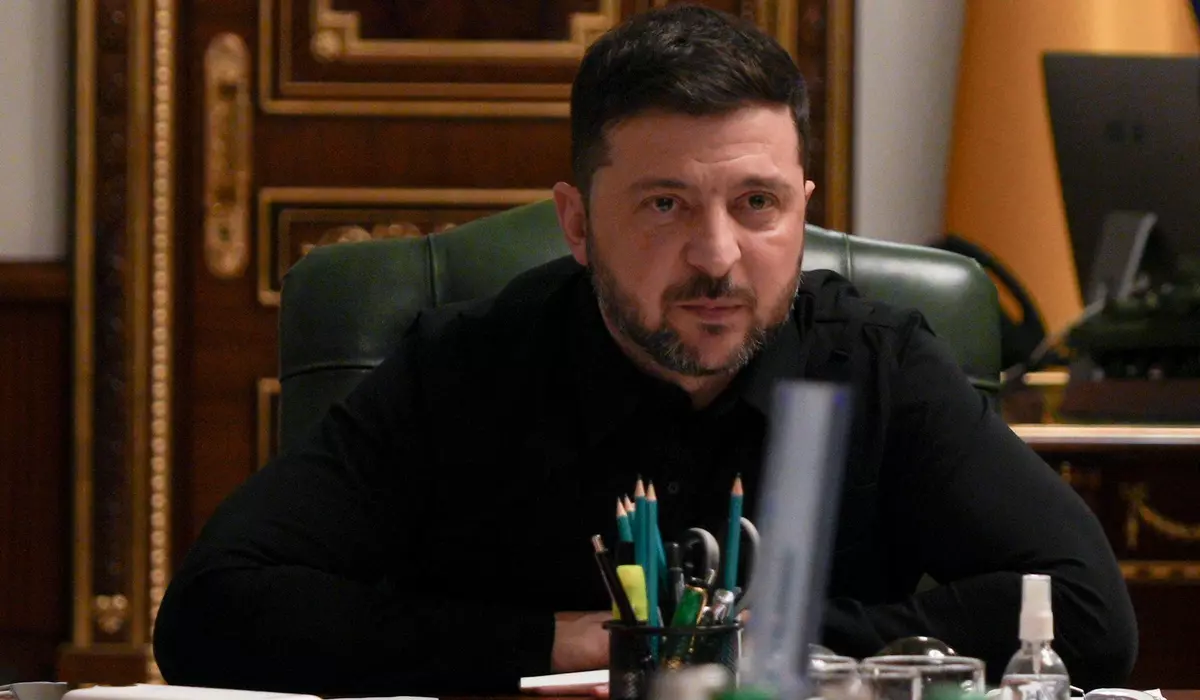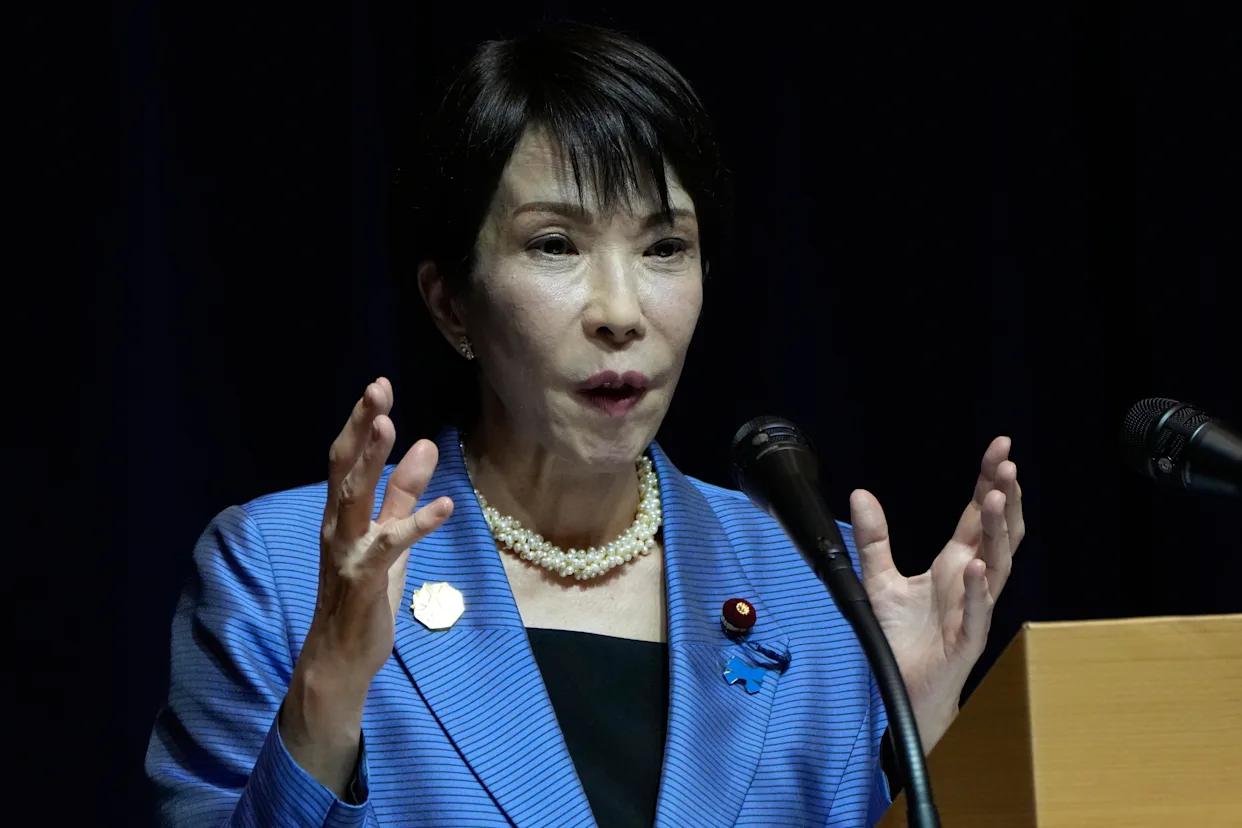Washington / Riyadh — Former President Donald Trump is preparing to finalize a sweeping security agreement with Saudi Arabia, a move that could redefine America’s role in the Middle East and mark one of the most significant diplomatic steps of his return to office. According to senior officials familiar with the discussions, the agreement would cement a deeper U.S. commitment to the kingdom at a time of shifting regional alliances and heightened geopolitical uncertainty.
The deal is expected to be unveiled during an upcoming high-level meeting between Trump and Saudi Crown Prince Mohammed bin Salman in Washington. For both leaders, the pact represents the culmination of months of negotiations aimed at fusing military cooperation, economic investment, and long-term strategic alignment.
A Major Shift in U.S.–Saudi Relations
If finalized, the agreement would signal a dramatic strengthening of the U.S.–Saudi partnership. While the two countries have long maintained a close security relationship, the new pact reportedly includes explicit defense assurances, expanded military cooperation, and enhanced U.S. support for Saudi security needs.
This marks a shift from past U.S. policy, which often relied on arms sales without formal commitments. Trump’s approach appears to favor a more binding, long-term framework that ties the countries closer together both militarily and economically.
Saudi officials view the agreement as a landmark step in ensuring long-term stability and security amid regional tensions. For Washington, the pact is seen as a means of reinforcing American influence in a region increasingly courted by global rivals.
Economic Backbone: A Massive Investment Partnership
The security pact comes on the heels of an enormous economic cooperation package agreed to earlier in the year. Saudi Arabia has pledged hundreds of billions of dollars in investment into American industries, ranging from defense manufacturing and energy infrastructure to advanced technology and minerals processing.
In return, the United States is preparing to deliver one of the largest defense procurement packages ever assembled for the kingdom. The deal includes advanced air defense systems, next-generation fighter capabilities, border surveillance technologies, and new frameworks for military training and modernization.
Beyond equipment, the cooperation extends into intelligence sharing, joint exercises, and the expansion of Saudi military academies through U.S. training programs. It represents a vision of long-term integration rather than one-off transactions.
Geopolitical Stakes in a Volatile Region
The prospective agreement arrives at a sensitive moment. Across the Middle East, shifting power balances, ongoing conflicts, and competition from global powers have made security partnerships increasingly vital.
Saudi Arabia, in particular, has been seeking firm assurances from its allies as regional tensions simmer. The kingdom has expanded its relationships with multiple world powers in recent years, but a formalized pact with the United States would signal a clear strategic anchor.
For the U.S., the agreement could counterbalance growing regional influence from other global actors. It also aligns with Trump’s renewed foreign policy doctrine, which blends economic leverage with strong bilateral commitments aimed at projecting American strength abroad.
Domestic Debate in the United States
The upcoming pact is already stirring debate in Washington. Supporters argue that the agreement will stabilize a critical region, secure massive American investments, and reinforce U.S. leadership.
Critics, however, caution that the United States risks deeper entanglement in Middle Eastern conflicts. Some lawmakers question whether America should formalize defense guarantees at a time when many citizens prefer a more restrained foreign policy.
The Trump administration, however, views the agreement as essential to maintaining U.S. global influence and ensuring strong economic benefits at home.
Saudi Vision: Security Tied to Growth
For Saudi Arabia, the pact fits squarely into its long-term strategic goals. As the kingdom pushes ahead with Vision 2030 — an ambitious plan to diversify its economy beyond oil — strong partnerships with major global powers are seen as crucial.
Access to advanced U.S. military technology, combined with American investment in emerging industries inside the kingdom, is viewed by Saudi leaders as a foundation for both security and modernization.
The agreement also reflects Riyadh’s desire to build durable alliances rooted in mutual economic advantage rather than short-term political interests.
What the Pact Could Mean for the Middle East
If signed, the U.S.-Saudi pact could reshape regional dynamics in several ways:
- Stronger U.S. footprint in the Gulf, potentially countering rival powers.
- Enhanced Saudi deterrence, particularly amid rising concerns over regional threats.
- Increased integration of U.S. military and technological systems within Saudi defense infrastructure.
- A boost for regional economic initiatives, including energy, technology, and transportation partnerships.
- New diplomatic leverage, as both nations project a unified stance on regional security.
However, it may also raise tensions with countries wary of deeper U.S.-Saudi military ties, setting the stage for intensified geopolitical competition.
The Road Ahead
The White House is expected to finalize the details shortly before the Saudi crown prince’s arrival. While both sides have signaled strong support, negotiators continue to work through the fine print, particularly around defense guarantees and long-term investment commitments.
















Leave a Reply